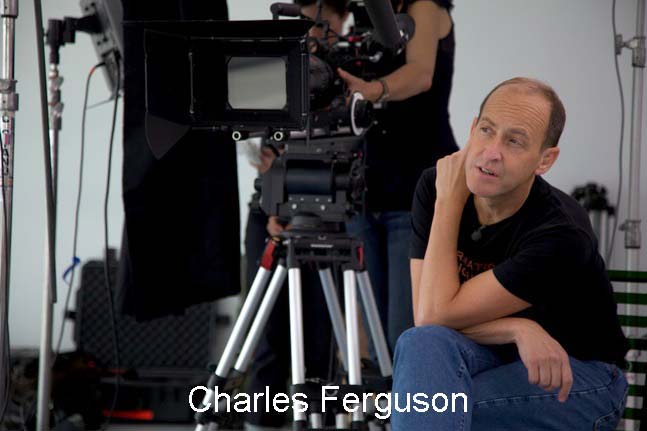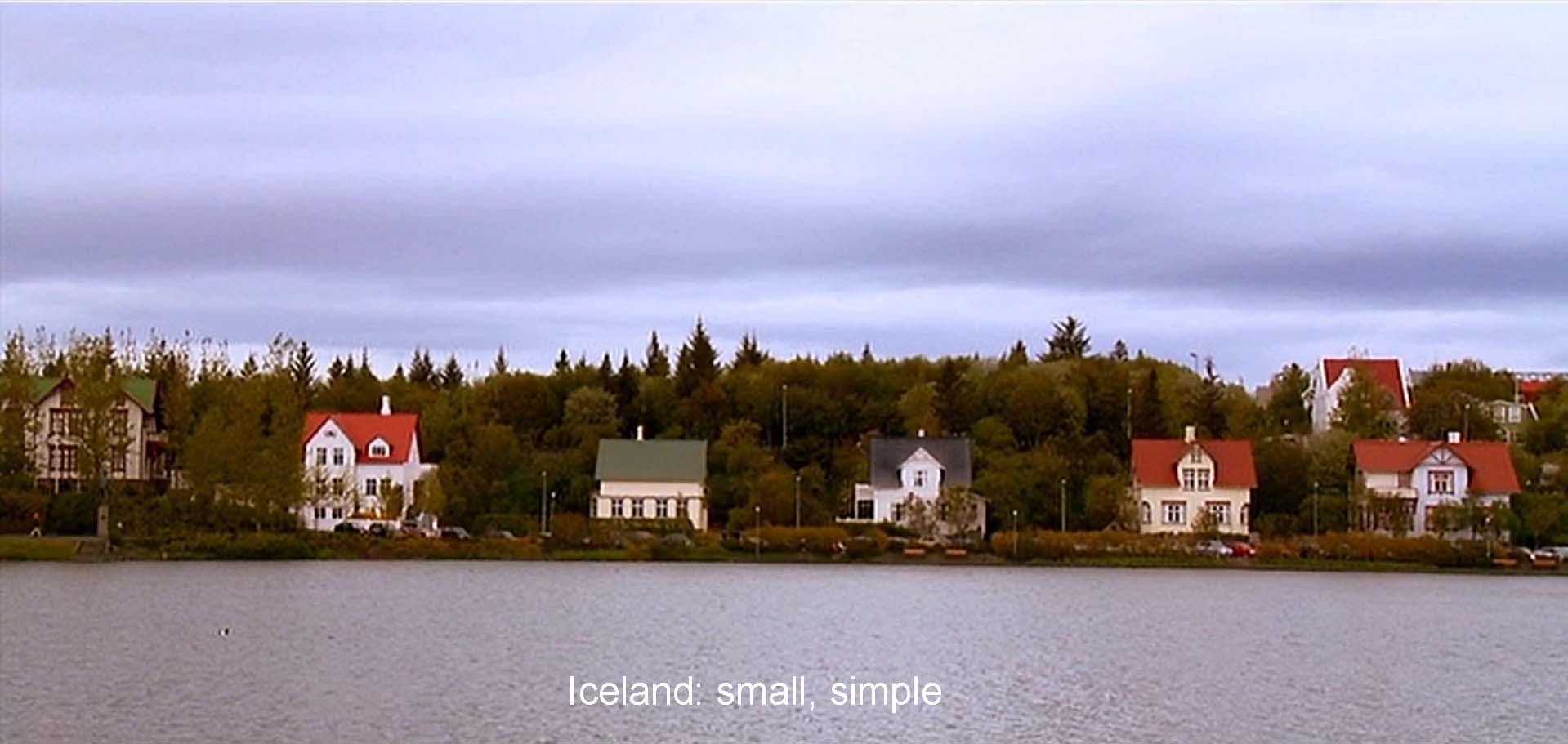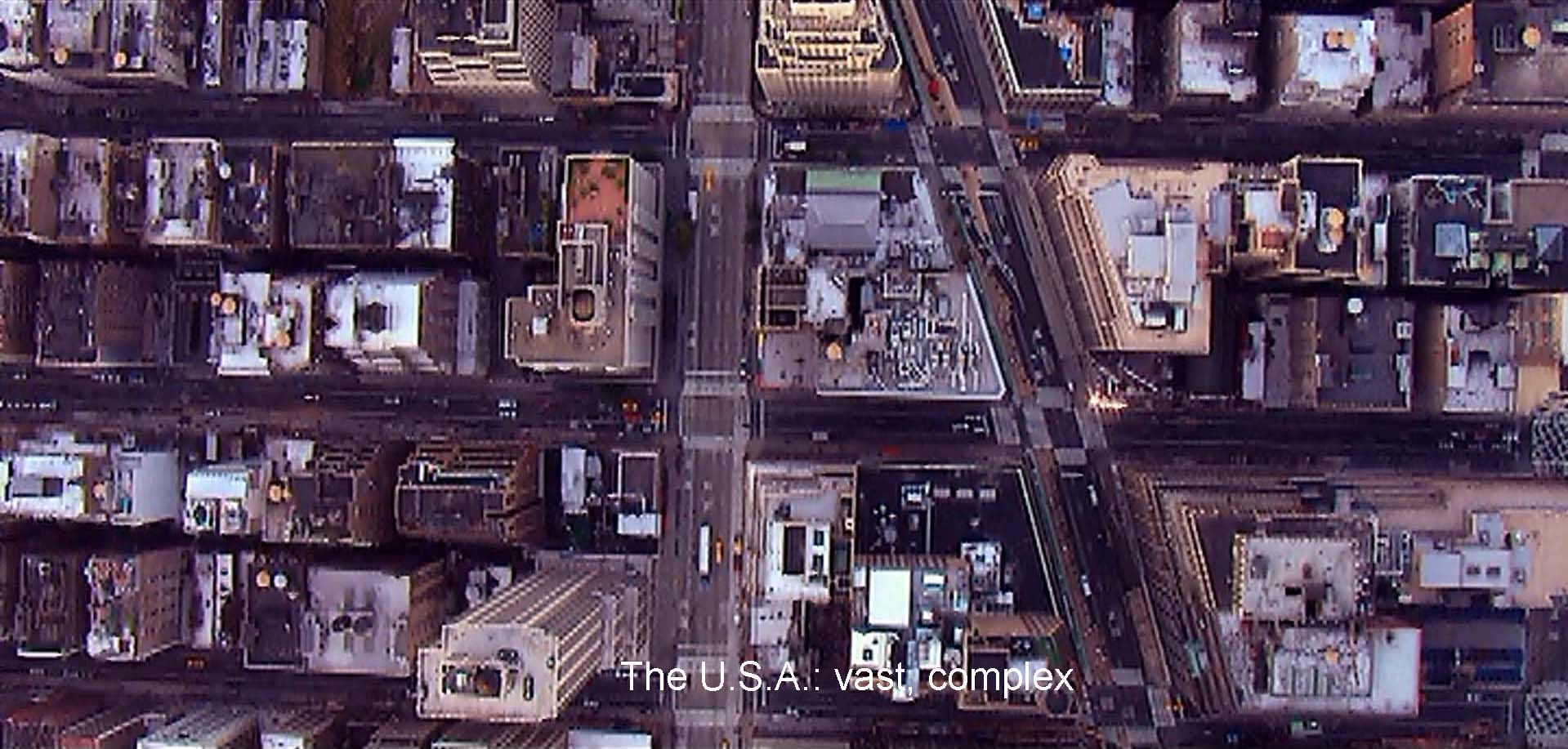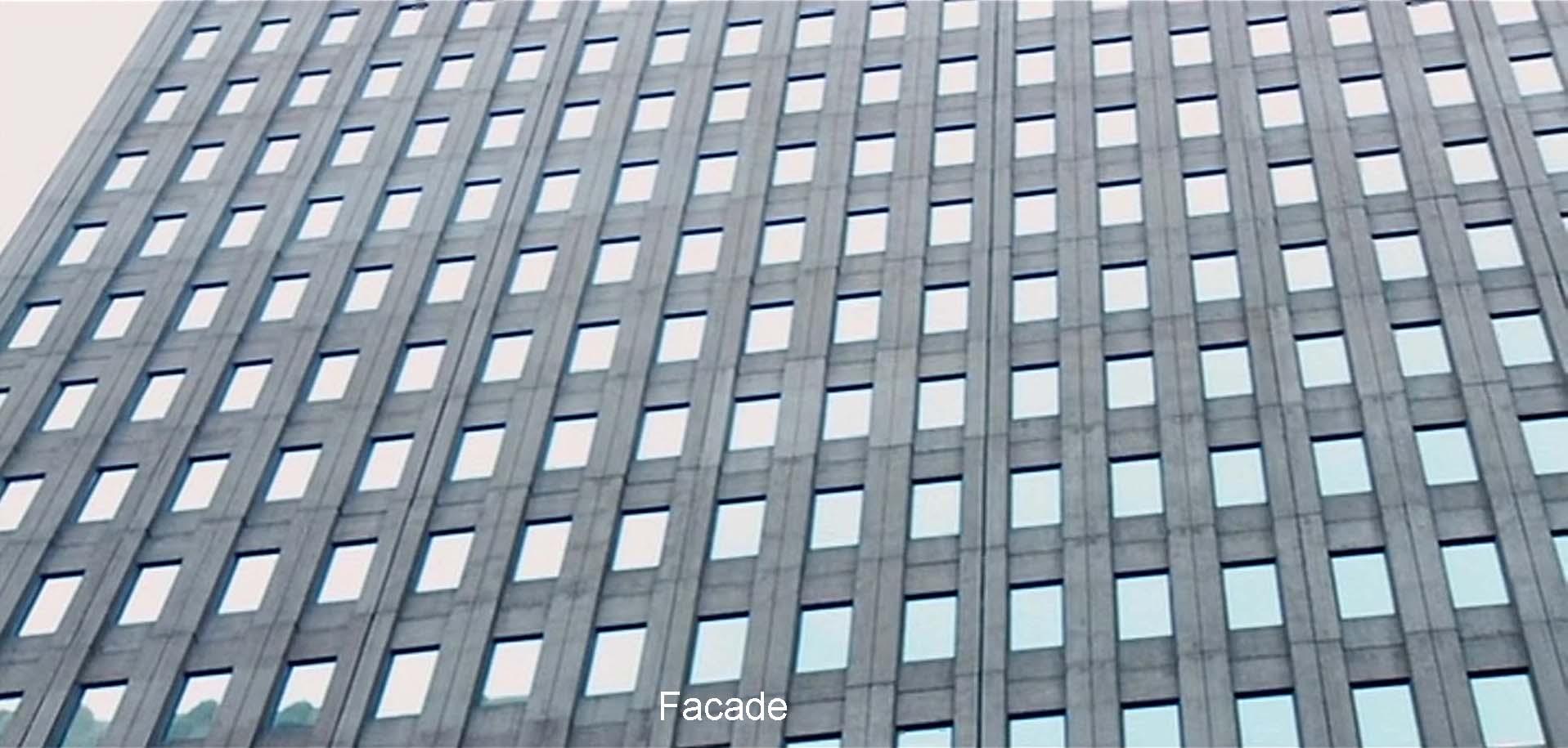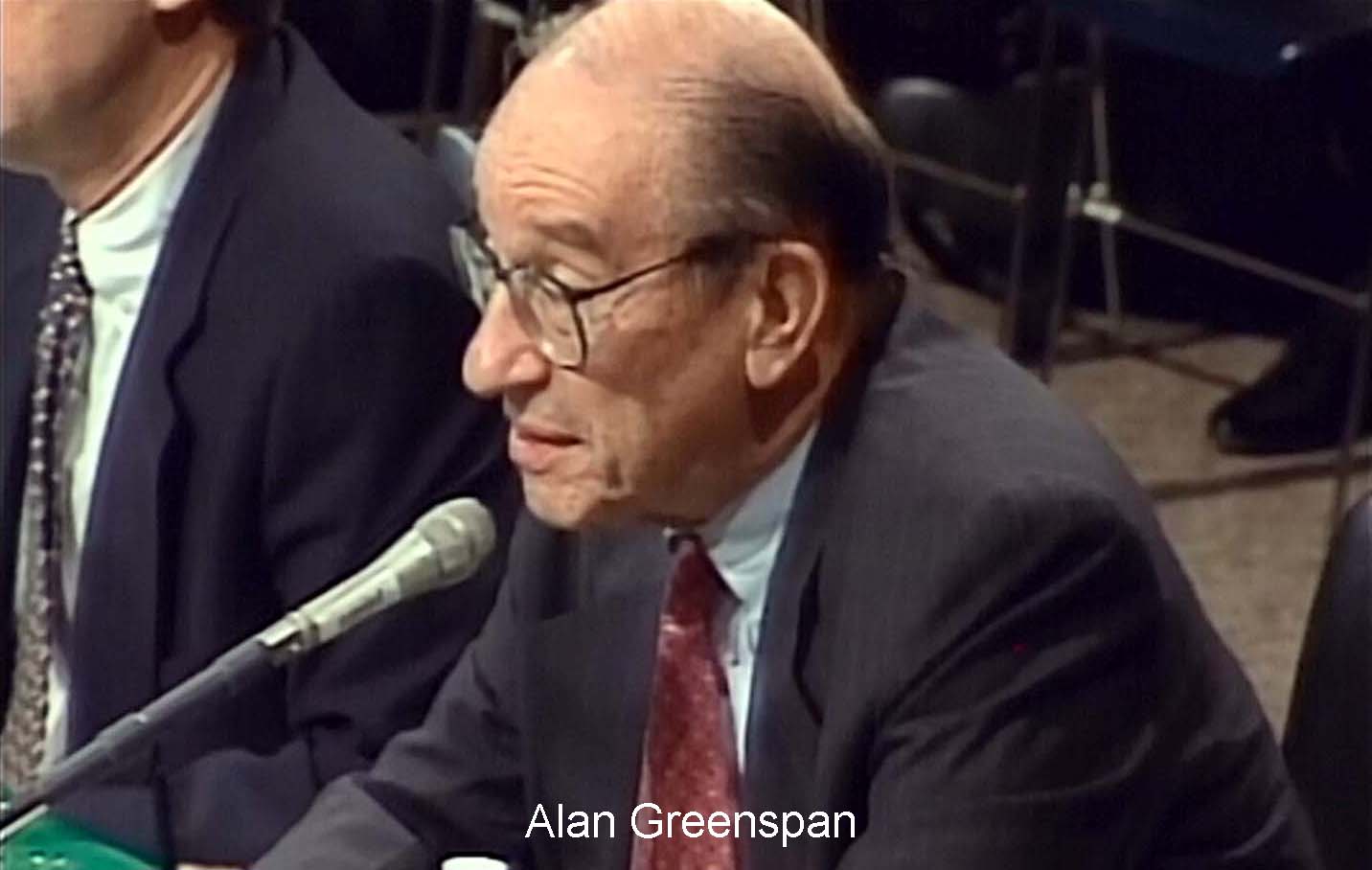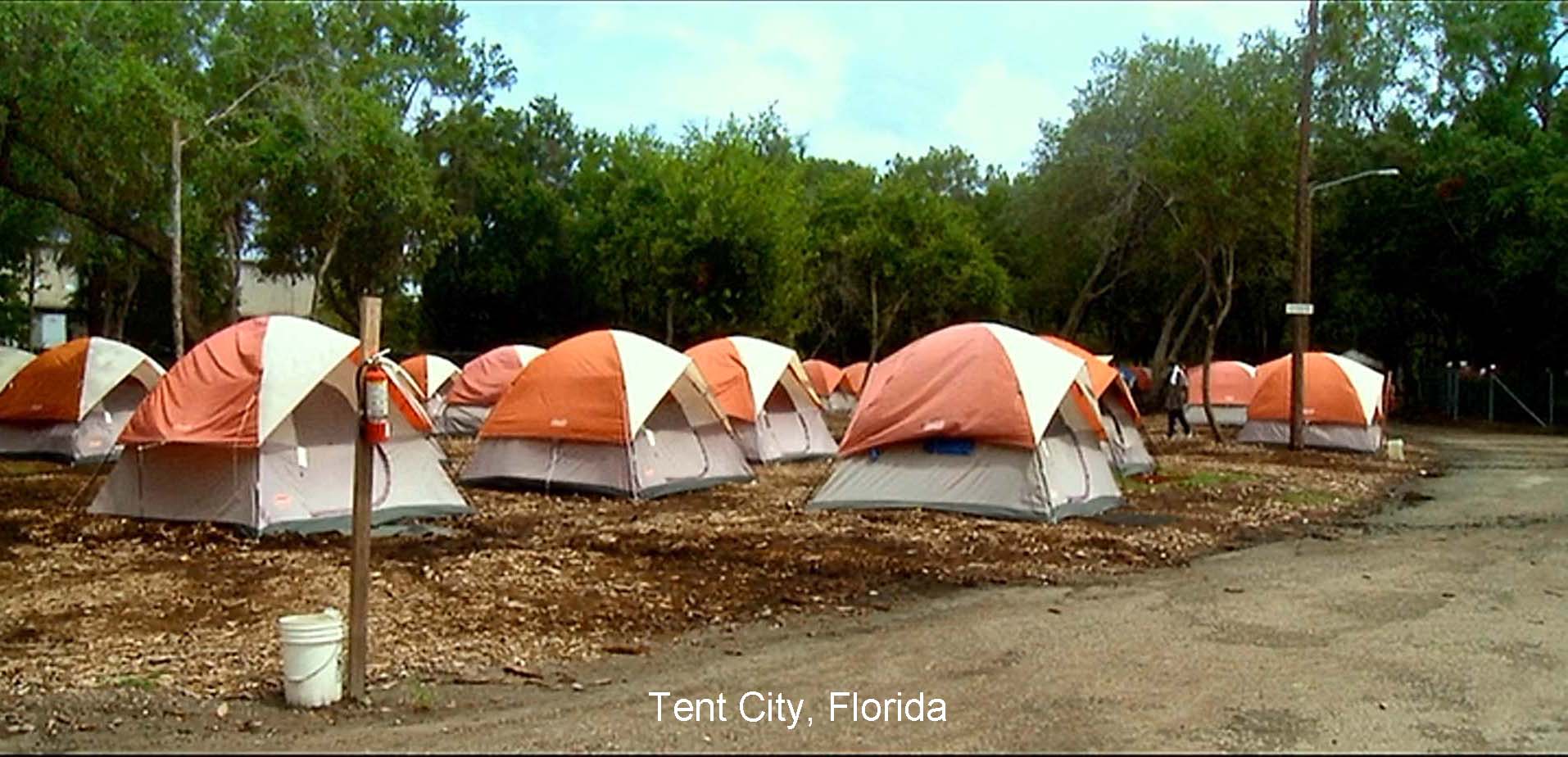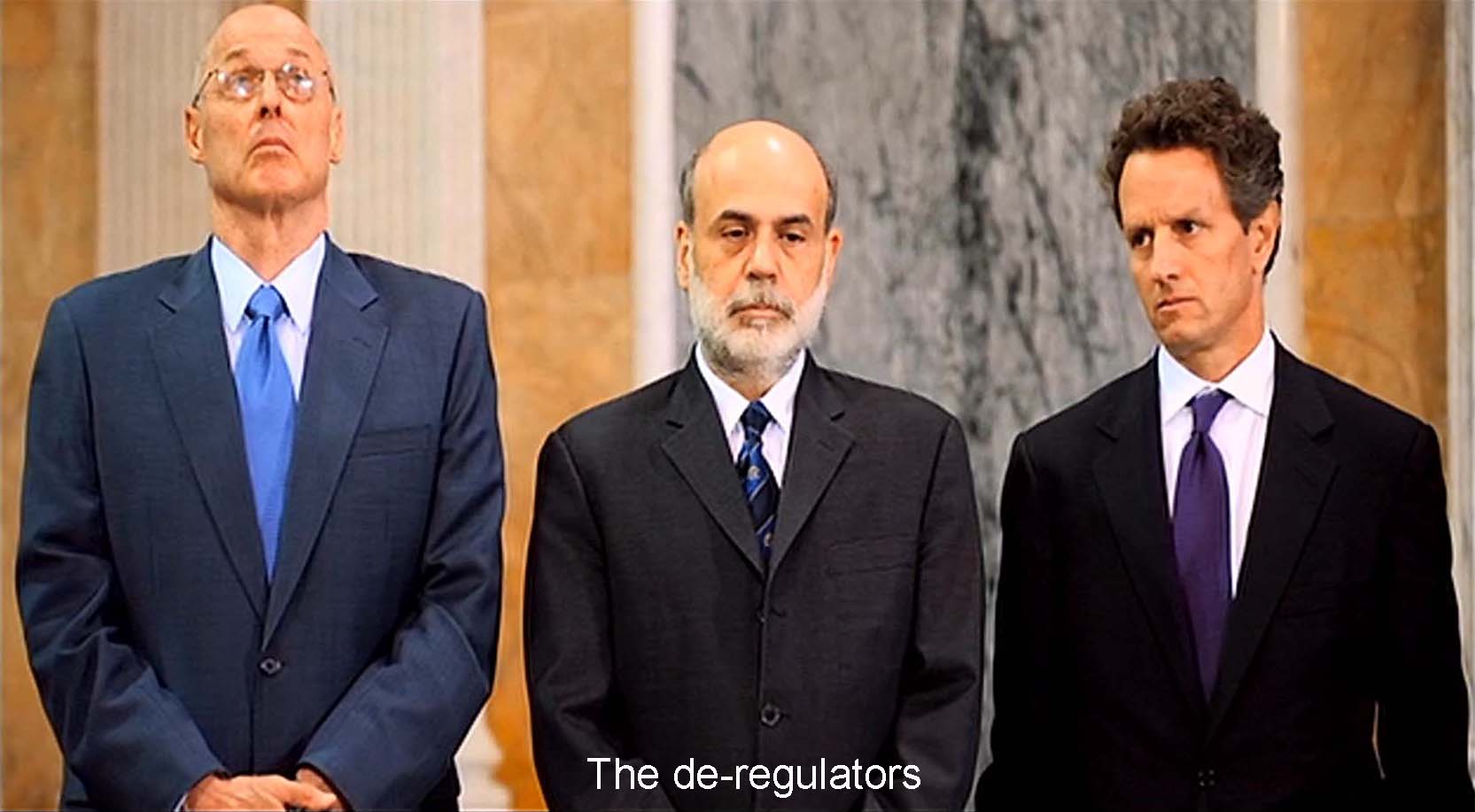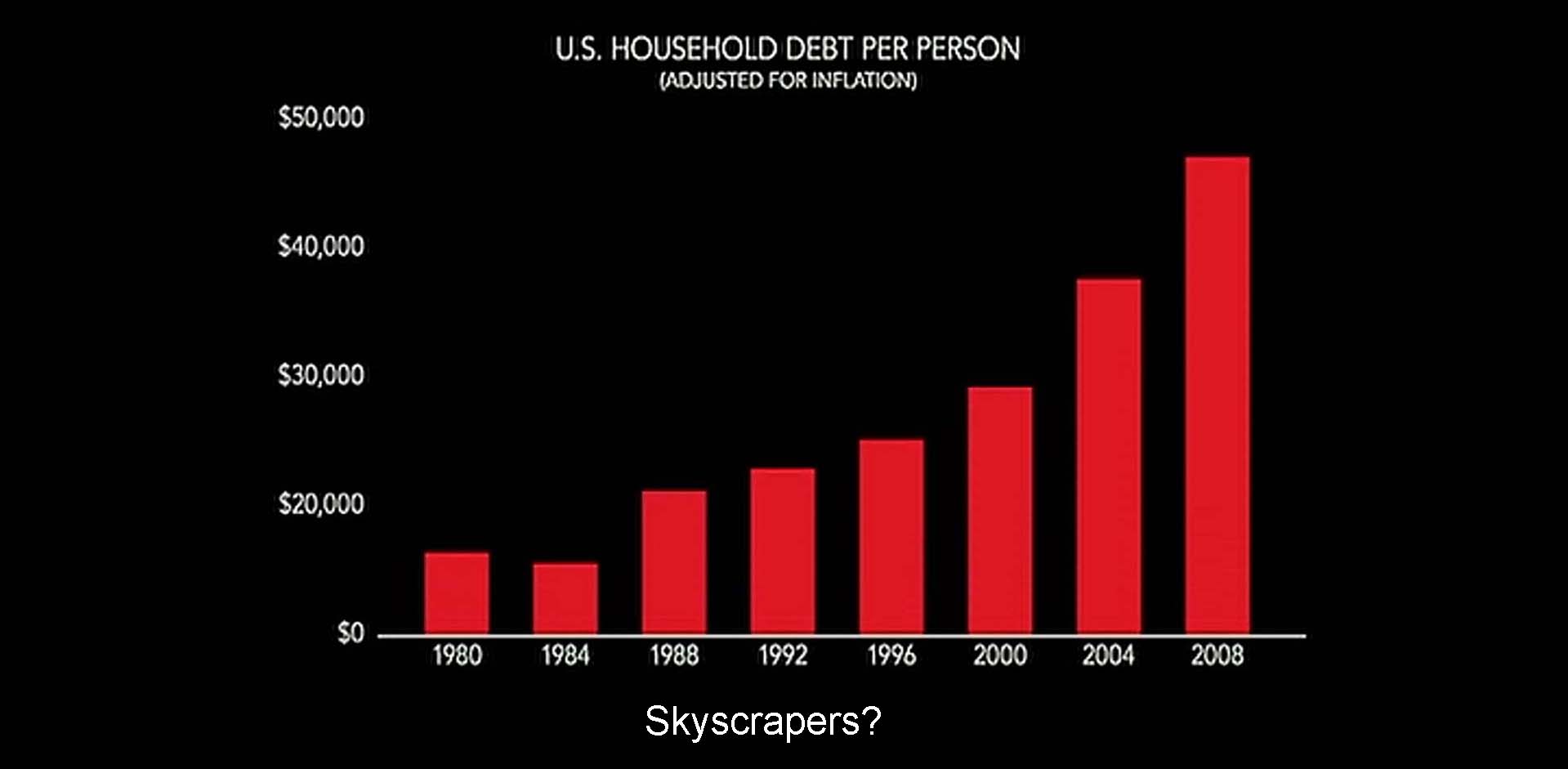I believe that films are works of art, no less than plays or novels. It’s harder, though, to maintain that claim when you’re dealing with a documentary.
Can a documentary like this one, that relies so heavily on interviews, be a work of art? It surely differs from a story film. There’s no plot. There are no characters developed, just brief interviews. The camera work is just what’s necessary. But, in literature, essays like those of Emerson or Montaigne or, in our own time, David Sedaris or Adam Gopnik are surely works of art.
Documentarists have styles just as story-movie directors do. For example in Michael Moore’s documentaries, the interviewer (Moore) gets in-your-face to the interviewees. There is as much focus on Moore as on the person he’s talking to. Here, the interviewer is offscreen; the focus is entirely on the interviewee. Leacock or Pennebaker pioneered with their own distinctive cinematic styles, ostensibly “neutral.” With Frederic Wiseman, there is drama without any interviewer at all. Then there are feature films that read like documentaries, for example, Kathryn Bigelow’s Oscar-winning Hurt Locker.
Just as, in an essay, a writer chooses words, so in a documentary the filmmaker chooses texture, themes, imagery, structure and lots of other elements of the story film. And as in a story film, in a documentary what the artist chooses expresses his themes—and his personality.
As with a story film, pay attention to the opening and closing shots. An opening title card states the theme of Inside Job: “The global economic crisis of 2008 cost tens of millions of people their savings, their jobs, and their homes. This is how it happened.”
Okay. But then Ferguson deftly misdirects. Cut to a landscape in Iceland. Iceland?? Why Iceland? The onscreen text says:
ICELAND
POPULATION 320,000
GROSS DOMESTIC PRODUCT $13 BILLION
BANK LOSSES $100 BILLION.
Then Matt Damon’s narration begins: “Iceland is a stable democracy with a high standard of living and, until recently, extremely low unemployment and government debt.” Then he turns to a couple of Icelandic professors to explain what happened.
This is Ferguson’s method: state the facts, often by means of a graph, then turn to experts, both good guys and bad, for explanations of how and why. Ferguson has also introduced, as in the opening notes of a symphony, his major themes: numbers as opposed to people; big vs. small; and the role of human beings as spectators or as participants. Here the professors are spectators; the creators of the mess are invisible, a pattern that will repeat.
Just as shots of the sea or a landscape or birds might serve as “incidental imagery” in a story film, here numbers make up one major cluster of images—necessarily. Numbers are what this film is about. While all these things, people, numbers, and bigness, form parts of Ferguson’s argument, from an aesthetic point of view, we can think of them as like the plot or characters or imagery of a story film.
Here the numbers begin by contrasting bank losses with gross domestic product. The losses are seven times greater—big vs. small, one of Ferguson’s major themes and the core of his prescription for the future: deal with bigness. Iceland: small; U.S.A.: big. But what happened there images and prefigures what happened here.
This contrast between big and small runs all through the film, most cruelly in the contrast between rich and poor. The immense mansions of the rich have swimming pools, tennis courts, and yachts. The poor live in a wretched tent city or foreclosed houses.
Less central to Ferguson’s theme but just as telling are his many cutaway shots to aerial or panoramic views of New York City buildings. Again, the scene is vast, the numbers of people huge. Contrast the pristine landscape and simple houses of Iceland. At the same time, the pictures suggest complexity and secrecy. What goes on in these buildings? Who knows? Again, they contrast bitterly with the pathetic tent city in Pinellas County on Florida’s west coast. One critic says that the blocks of New York City skyscrapers, shot from above, “begin to look like rows of dominoes.” Well, maybe. To my eye, these buildings echo (or, as film critics like to say, rhyme) with the bar graphs that have the same kind of vertical structure. But the graphs are simple, the buildings complex and secretive.
These closed buildings point to another theme: good guys and bad guys. (Yes, the villains are almost all guys.) The first good guys we meet are the Icelandic professors who explain what happened there. Later on, we hear from Nouriel Roubini, of New York University, and Raghuram Rajan, then chief economist of the International Monetary Fund, financier George Soros, and government figures in the U.S. and France. They warned of the crisis and now damn the banks and bankers and politicians who caused it and profited from it. (I am reminded of Jonathan Franzen’s novels, The Connections and Freedom on the amorality of the idea of unchecked freedom.) We never hear, though, from the banks and bankers who profited. They hid. This pattern will run all through the many interviews in this film, the core of Ferguson’s argument.
The good guys give their information in a straightforward way with a certain amount of resentment or sadness. The bad guys come across as shifty. They hem and haw or, occasionally, defy. One asks Ferguson to turn off the camera before he will answer. Again and again, title cards tell us that key players in the debacle refused to be interviewed for this film: Greenspan, Bernanke, Geithner, Summers, Paulson, the CEO and senior execs of Goldman Sachs, and others.
The anti-regulators that do agree to be interviewed come off badly. They dodge questions or alibi. Ferguson concentrated intensely on individuals this way in his similarly infuriating documentary on the Iraq war, No End in Sight (2007), but there he had to rely on television clips of public moments by Bush, Cheney, Rumsfeld, Rice, Powell, Wolfowitz and the rest of those who dreamed up the invasion of Iraq. Here, because he can use interviews, Ferguson plays the honest but probing reporter, subtly adversarial. He makes speech itself, its manner, part of the reinforcing imagery of the film, honest speech, shifty speech.
(I have to sympathize particularly with my fellow professor, Frederic Mishkin, an economics professor at Columbia. He quit the Federal Reserve Board just as the crisis was beginning. He gives his reason, “to revise a textbook,” and he looks like a fool or a knave. But then professors of economics make so much more than professors of English . . . I withdraw my sympathy.)
By contrast, Eliot Spitzer, when he was New York’s attorney general, tried to prosecute some of these bad guys. The Feds were doing nothing, although everyone knew that these high-flying bankers were enjoying cocaine and prostitutes. Diligent prosecutors could have used those petty crimes as levers to pry out information from low-level villains about the far greater financial crimes at the top, the crimes that Spitzer was trying to prosecute. Instead, it was Spitzer whose dealings with prostitutes were used to pry him out of office and the hopes of state prosecution of the financial crimes.
Charts and graphs and tables form another dominant image in the film. The evasive people in the film contrast with the information in these pictures (worth many thousands of words). The graphics reinforce the message from the good guys. The clarity of the graphics contrasts with the evasiveness of the bad guys.
Ferguson builds his documentary around these strong one-to-one contrasts, a style that differs from those of other documentarists, Michael Moore’s scattershot polemics or the narrative structures of Leacock or Pennebaker. I think it’s this clarity that so many people found so persuasive in this documentary. It’s black and white, and so it seems to me, are the facts on the ground. There really were good guys and bad guys. There really were horrible contrasts between the billions paid to the top bankers and the wretched poverty of those driven into tent cities. There really was—and is—a concerted effort by the banking industry to defeat efforts at regulation that would prevent this kind of appalling mess. Ferguson’s strongest weapon is, quite simply, the truth—as a practicing postmodernist, I use the term with suitable hesitation. But the truth is something he is eminently qualified to present.
Ferguson received his Ph.D. in political science from M.I.T. in 1989. He did postdoctoral work M.I.T. while consulting all over the place: the White House, the Department of Defense, and various hi-tech companies. He founded his own company, Vermeer Technologies, and there created Front Page, the leading software for making your own web site and sold it to Microsoft. He then decided to follow out a 20-year interest in films. In 2005 he made NO END IN SIGHT, his documentary about the lead-in to the Iraq war, which won a Special Jury Prize at the Sundance Film Festival. It is ironic that he is the man who created the leading software for making web sites, but if you go to his own personal web site, it says “This site is under construction.” Is he trying to be one of the evasive ones?
Not if you look at the finale to this film. By the way a transcript of the words in the film appears on the web . here That site also has an interview with Charles Ferguson, made before the film won its Oscar for Best Documentary.
The finale goes this way (I’ve put the visuals on the left, the narration spoken text on the right):
| Aerial shot of buildings being built | At enormous cost, we’ve avoided disaster and are recovering. |
| Banks’ CEOs testifying before Congress | But the men and institutions that caused the crisis are still in power, and that needs to change. |
| Suits walking on Wall Street | They will tell us that we need them and that what they do is too complicated for us to understand. |
| Facade of big office building | They will tell us it won’t happen again. |
| Capitol Building | They will spend billions fighting reform. |
| Statue of Liberty in foreground, the big buildings of NYC in background, but then pan so that only Lady Liberty remains over the last line | But some things are worth fighting for |
One reads this kind of documentary film, not so much for a centering theme as for the message, the moral of the story, so to speak, stated very clearly in this finale. The financial industry needs to be regulated. Scoundrels need to be punished. Re-regulate the [bleep]ing banks! And regulation won’t happen unless you fight for it.
Nevertheless, one can read even so factual a film as this as a work of art, and an impressive work of art it is. Ferguson mounts a series of clear contrasts. Big vs. small (for example, Iceland and the U.S.) Rich vs. poor. Numbers vs. people. Bigness and complexity vs. the individual. (They will tell us that we need them and that what they do is too complicated for us to understand.) Good guys (clear, direct) vs. bad guys (evasive, shifty, or hiding). Regulation vs. no regulation. All very cut-and-dried. To me, Inside Job comes together aesthetically around a centering theme that I would state this way: A fight against secretive complexity through a series of open, simple contrasts.
It is this strong one-to-one pattern that I think accounts for the emotional impact of the film. Granted, some of that emotion comes from the appalling facts: outright fraud and thievery and corruption. But the film succeeds in driving those facts home with infuriating clarity.
If powerful emotional response is the mark of a work of art, then surely Inside Job qualifies. Reviewer David Denby writes, “This movie has the rare gifts of lucid passion and informed rage.” “If you’re not enraged by the end of the movie, you weren’t paying attention,” wrote TIME magazine. “A powerhouse that will leave you both thunderstruck and boiling with rage,” said film reviewer Kenneth Turan. Can one ask more from a film than this big a response?
